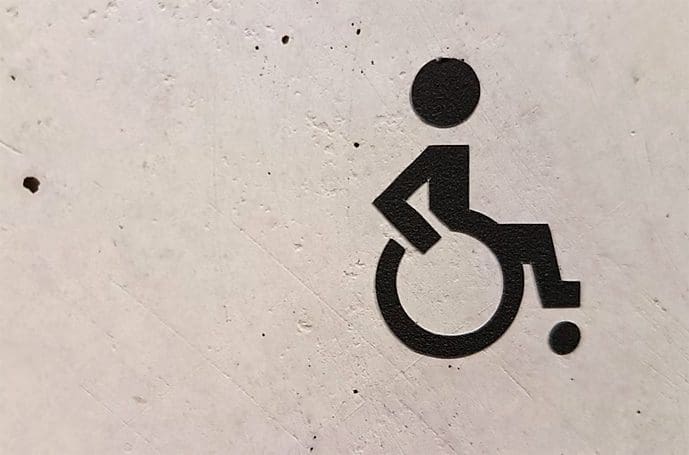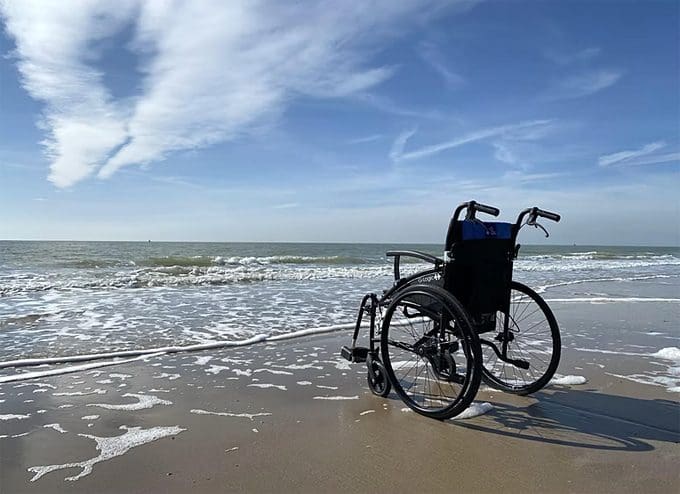words Al Woods
A variety of reasons can lead to a household needing to become a wheelchair-friendly place. This can be a result of all sorts of accidents or age. It can be for a short period of time or a long one. Then why doesn’t really matter? There are a number of things that can be done to make a home more wheelchair friendly to make life easier for everyone living under the roof. Here are a few ways to adapt and make it an accessible, wheelchair-friendly space.

1 – Chair lifts
Being wheelchair-bound should not mean that you have to compromise on the house you want to live in. Homes with multiple floors should still be a possibility. Stairlifts can be a bit tricky to use and quite antiquated, not to mention dangerous and degrading to some. According to www.stiltzlifts.co.za there is a fantastic alternative and that is the installation of a home lift. This is a rather unique and modern way for wheelchair users to get up and downstairs in a simple manner. This way you can stay in the home you want to stay in and get around completely unaided by someone else.
2 – Countertops
Accessibility to countertops is one of the most important things when making a home more wheelchair friendly. Work surfaces need to be placed at a lower height and countertops depth also needs to be significantly less to accommodate. Keep in mind that not all countertops need to be significantly lowered, especially if the kitchen is used by others who are not wheelchair users. In this case, a portion of the counter can be lowered, making it accessible to everyone.
You will also need to consider that additional adjustments will need to be made to allow a wheelchair to fit snuggly under the countertop. This may mean that a few base cabinets will need to be removed. They can be replaced with roll-out cabinets to maximize the usage of space. You can also complete the kitchen with a combination of pull-out surfaces that can extend the countertop space.
3 – Bathroom
Bathrooms are the next biggest area of the home that needs attention. The bigger the bathroom, the easier it is to remodel. A smaller bathroom can be a little more complicated. You might need to make a few plumbing changes in order to reconfigure the bathroom. There are a variety of things to keep in mind. A big problem to combat is the glare. Install non-slip tiles and handrails. Make sure that towel rails are firmly installed just in case a wheelchair user might have to use them.
4 – Shower and tub
If the home only has a shower there are a few things that need to happen. You can make a shower accessible through the installation of a series of grab bars and a shower seat. It can be a fixed seat or a portable one. Whichever is more comfortable. Grab bars need to be installed at both standing and sitting heights. Some people install longer grab bars at an angle that accommodates both heights.
If you have a tub, walk-in tubs are a good choice. These tubs are specifically designed for people to use without having to climb over the side. Once closed, a door keeps the water in the tub and has conveniently located faucet controls.
5 – Entrance/Ramps
Ramps are convenient and one of the most popular ways to address entering and exiting a building while in a wheelchair. They range from simple designs to more complex and cleverly engineered pieces of equipment. Let’s take a look at two of the main types of ramps people install.
Free-Standing Wheelchair Ramps
These ramps are some of the most popular and durable types. They are also quite inexpensive to construct. You can design them to be permanent, or temporary structures and are typically made from wood or metal.
Threshold Ramps
Free-standing ramps might be the most popular choice for outdoor use, but when it comes to indoors, they fall flat – rather, there is a need for something that falls a little flatter. Threshold ramps are ideal for this. These are an excellent choice for when barriers are present, but there isn’t a need for a major height change. Threshold ramps can be used for things like problematic entryways, or areas in the home that have a tiny step. Some wheelchair users even like to keep a portable threshold ramp with them at times, so that it can be while navigating the world outside.

Being bound to a wheelchair can be a huge adjustment for everyone, especially the person in the chair. It is important that changes are made that benefit them and make their standard of living just as good as it was before.



















